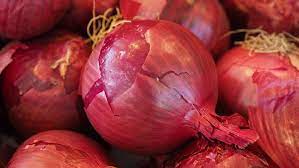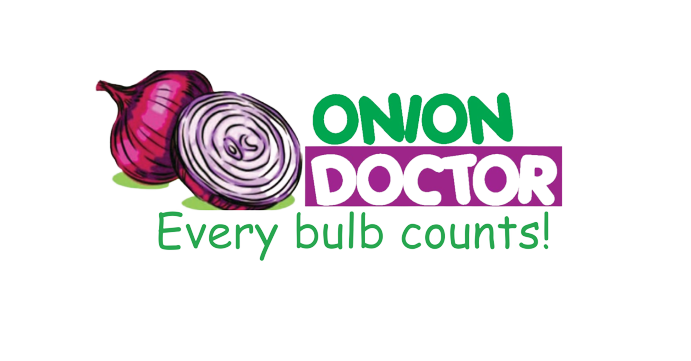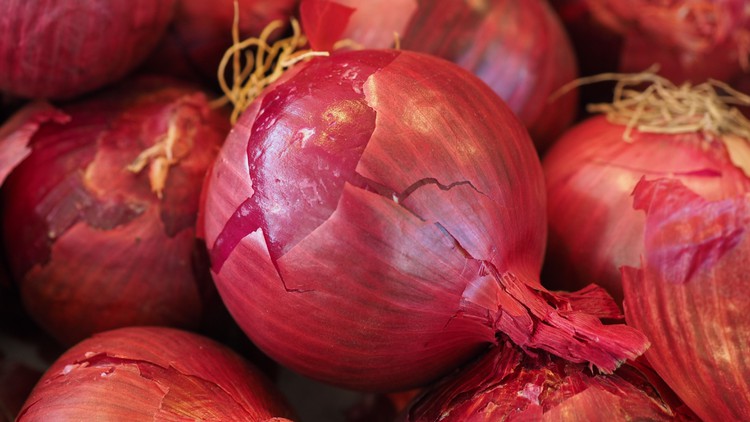Mastering Onion Farming in Kenya: A Comprehensive Guide

Are you in need of in-depth knowledge on onion and garlic production? If yes, we are a call away. Our service chatter includes: Onion seedlings, Garlic seedlings, Farm planning services, Soil testing, Drip irrigation installation and maintenance, Agronomic support, Onion and Garlic value pack and Farm management. For free consultation, placing orders or booking a visit with an agronomist, please contact us via Call or what’s app +254703982228, Email: Info@oniondoctor.co.ke.
Onion farming in Kenya holds the promise of substantial profits, but it requires careful planning and adherence to best practices. In this guide, we delve into the various aspects of successful onion cultivation, from planting methods to tending the crop, tackling challenges, and achieving a bountiful harvest.
Planting Onions: Methods and Timings: Planting Methods:
Onions can be planted using transplants, seeds, or sets.
Seeds offer variety selection but take the longest to mature.
Transplants from nurseries are a common choice, offering flexibility in timing and variety.
Sets are advantageous due to disease resistance and quicker maturity, though variety identification is limited.
Timing for Onion Farming in Kenya: Farmers in central Kenya often prepare nurseries in August and September. Transplanting takes place in October, and harvesting occurs in January. Sets can also be used for faster maturity.
Tending to Onions: Tips for Healthy Growth: Watering: Onions do not thrive in dry conditions; bulbs can split. During dry seasons, water onions moderately. Avoid overhead watering late in the evening to prevent leaf infections.
Weed Management: Keep onion beds weed-free to maximize growth.
Challenges Facing Onion Farming in Kenya:
Water Accessibility: Onions require ample water, and reliance on rainfall can be challenging during dry periods. Pests and Diseases: Onion flies, onion thrips, white rot, and purple blotch are major threats.
Harvesting Onions: Timing and Best Practices: Signs of Maturity: Onions are ready for harvesting when leaves lose color and start drying. Leaves weaken and hang low.
Curing: Leave onions on the ground for about 10 days to fully mature. Avoid leaving them for longer than two weeks to prevent top die-off.
Harvesting Conditions: Avoid harvesting on rainy days to prevent rot; opt for sunny days to allow roots to dry.
Selling Your Onions: Fresh or Processed: Market Options: Fresh onions are typically sold in local markets. Processed onions are exported to other countries.
Sales Channels: Onion farmers often work with middlemen who sell to wholesalers or processors.
Onion Doctor is dedicated to assisting smallholder farmers across Africa with quality and affordable onion and garlic seedlings, farm planning services, soil testing, drip irrigation installation and maintenance, agronomic support, onion and garlic value packs, farm management, e-extension, and on-farm training. We are here to help you optimize yields and achieve maximum profits.

